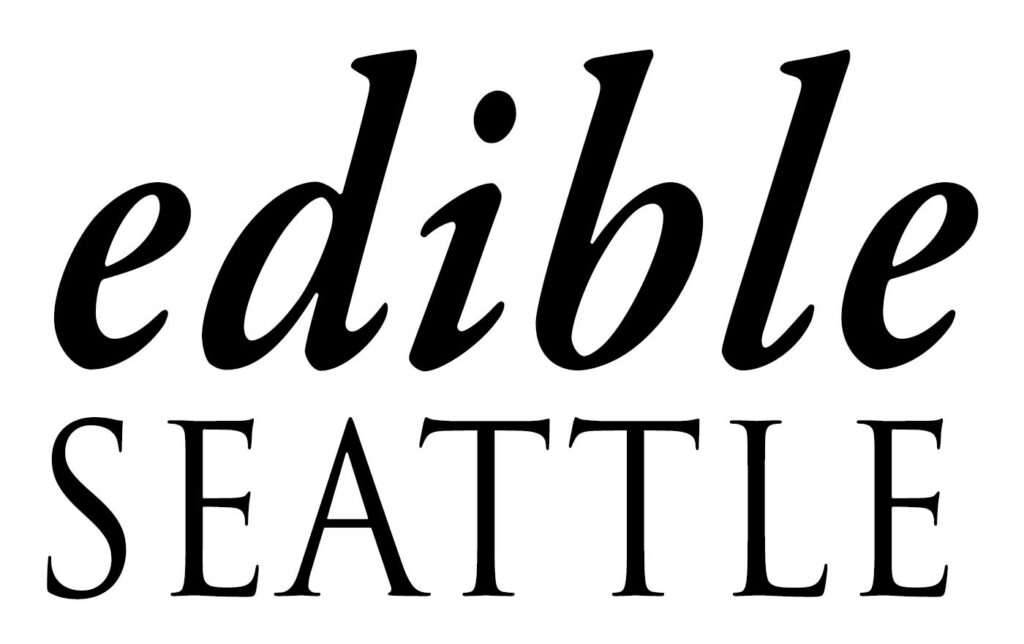|
making use of Seattle’s most fragrant weed BY BETH MAXEY I am a pedestrian by choice. One of the reasons is that walking gives me an opportunity to forage as I make my way through Seattle’s neighborhoods. When I first moved to Seattle, in the late spring a few years back, I was astounded by the amount and variety of food that grew in the easements and alleys: rosemary and sage, plums and cherries, blackberries and raspberries and fennel. Fennel is one of my favorite things to find. At the time, fennel was my favorite food. I’d just returned from Italy where I’d eaten it almost every day, shaved in thin slices with olive oil and oranges, or braised, softened and sweet. As spring turned into summer, I watched the lacy fennel fronds grow tall and produce vibrant yellow flowers. Bees hovered over the blossoms, bumbling heavily from the pollen on their legs. Every time I passed a fennel plant I’d look down at its base to see if the bulbs were forming. Summer turned to fall, and pears and apples dropped on the lawns, but the fennel bulbs never appeared. As it turns out, the fennel I found growing near Seattle’s sidewalks was wild, or sweet fennel; in the botanical Latin, Foeniculum vulgare, and a member of the carrot family, Umbelliferea. Wild fennel is classified as a perennial herb, not a vegetable. The bulb-producing fennel I learned to love in Italy, finnochio, or Florence fennel, is descended from wild fennel and cultivated to have the swollen celery-like bulb I recognized. Wild fennel never forms a bulb. Like cilantro and dill, also members of the carrot family, fennel is valued for its flavorful, feathery leaves and seeds. Nowadays, fennel seed is an under-recognized ingredient, though it still appears in everything from absinthe to rye breads. In India, fennel seed is served fresh and green, as a digestive, after a meal. Chinese Five Spice, the Bengali spice mix panch phoron, and French herbes de provence all include fennel seed, though the fronds are no less valued. In 1796, Hannah Glasse recommended fennel fronds as a garnish and flavoring for salmon and other fish, in her Art of Cookery book. And in Italy, dating back earlier in the 1700s, Italians prepared a simple salad dressed with vinegar, called cartucci, made with the tender stalks of wild fennel. When the flowers bloom, Italians collect the vibrant yellow pollen and sprinkle it on top of dishes like pepper. Beth Maxey writes about food and wine when she is not eating and drinking it. Read more at www.twentyeightletters.com. Sidebar: Finding Fennel |

